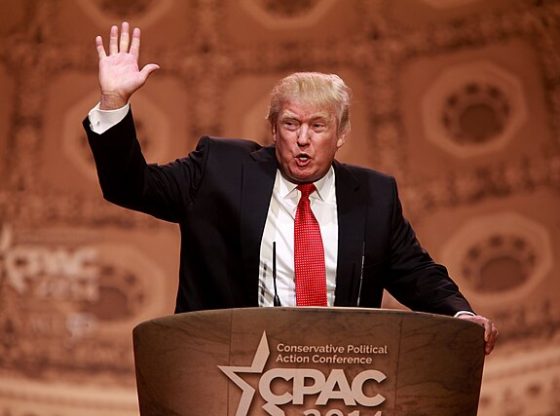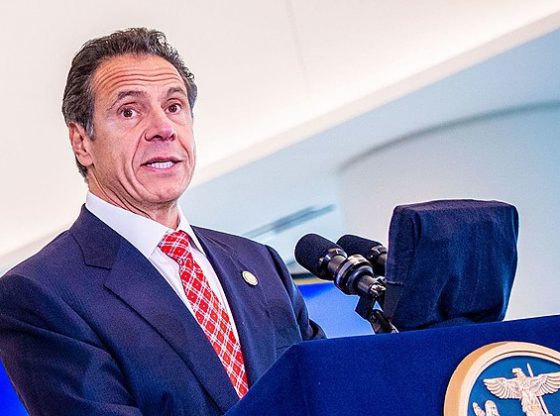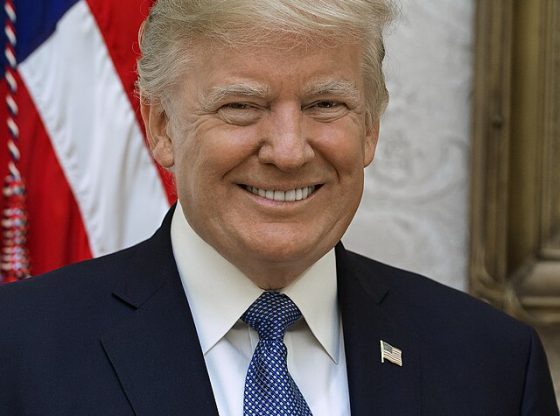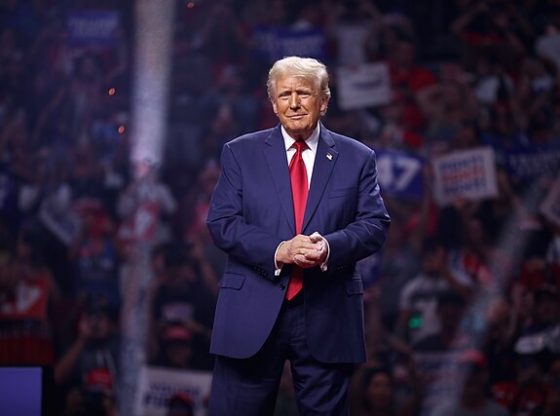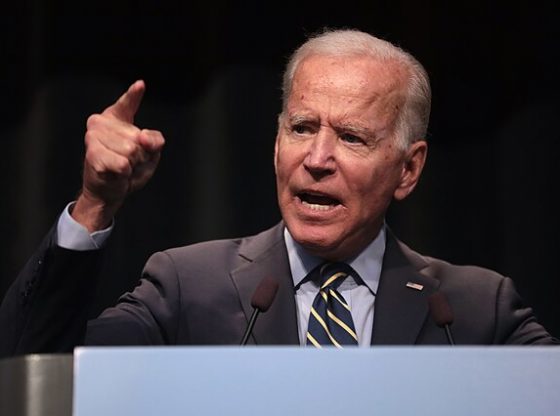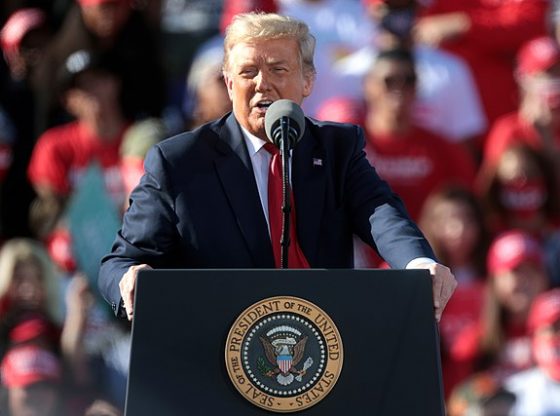U.S. Sens. Joe Manchin and Mitt Romney recently praised Ranked-Choice Voting (RCV), lauding it respectively as “mesmerizing…we should do it” and “a superior way to proceed.” But the two lawmakers are wrong.
Their statements might ring true if they understood they are endorsing a system that encourages fringe candidates and skews election outcomes.
RCV proponents claim their system will elect candidates with the broadest support. In practice, however, their objective hasn’t proven true.
Let’s look at how the system works. Instead of voters choosing one candidate as they do in almost all states, the Ranked Choice system forces voters — whether they want to or not — to grade their choices from one to however many people are on the ballot. If no candidate receives majority support in the first count, ranked choice begins.
Once RCV is launched, the last place finisher is eliminated. Election officials must then find all the ballots that ranked the last place finisher as the voter’s first choice. Then, those votes — and only those votes — are reallocated to those voter’s second choices. This process continues until one candidate reaches majority support. In short, some voters get multiple votes while others do not.
So much for the American principle of “one person, one vote!”
The flaw in this system is that instead of electing “the candidate with the broadest base of support,” it favors a candidate backed by the most extreme voters. In a multi-candidate field, the last place finisher is almost always a representative of a minor or fringe party. They are typically the most extreme contenders on both sides of the political spectrum.
In most instances, these nuisance candidates don’t have the resources, or even the will, to campaign for office. Yet, under this system, those candidates’ supporters may ultimately decide the election outcome.
Alaska’s flawed system demonstrates this. When Rep. Don Young passed away in 2022, Alaska used its version of RCV for the first time. In this variation, all candidates are placed on the primary ballot regardless of political party, commonly referred to as a “jungle primary,” and the top four finishers advance into the general election.
In the special election to replace Mr. Young, 48 individuals filed as candidates. Republican candidates received 60% of the primary vote. Together, the top two finishers, a pair of Republicans, former Gov. Sarah Palin and businessman Nick Begich, III, captured 46.1% of the vote. Democrat Mary Peltola received only 10.1% of the initial vote. Yet, Peltola was ultimately awarded the seat.
The regular election produced a similar outcome. In the primary, three Republicans received 60.2% of the vote, while Ms. Peltola secured only 36.8%. Yet, the Democratic candidate ultimately won the general election.
This system elects the candidate with “the broadest support?”
One glaring flaw of RCV is that the ultimate winner may hinge on who is the first to be eliminated. Polls showed Mr. Begich beating Ms. Peltola 52% to 48% and Ms. Palin 61% to 39% in head-to-head matchups. Yet, in the three-way race under RCV, Mr. Begich was the first to be eliminated, with his votes were automatically transferred to the remaining candidates—neither of whom the Begich voters preferred as their congressional representative.
If Sens. Manchin and Romney don’t think we should elect the candidate with the most actual votes, better alternatives already exist.
While several states have runoff election systems in the primary, Georgia and Mississippi have post-election runoffs in case a general election candidate does not secure majority support. This is superior to RCV because a two-person election is much different than one with multiple candidates.
As was highlighted in the Wall Street Journal, “there’s something clarifying about a head-to-head argument between two candidates with different visions. Whoever wins has a mandate that isn’t cobbled together from second or third rankings.”
Three states — California, Louisiana, and Washington — employ another system that is superior to RCV. The all-party jungle primary also assures a majority winner in the general election. In those states all candidates are placed on the primary ballot and the two individuals garnering the most support advance to the general election. With only two qualifiers, the winning candidate is assured of obtaining majority support.
In Louisiana, which schedules its primary on Election Day and then has December runoffs, the secondary elections are for only those races where no one receives 50% of the vote. For those who obtain majority support, they are elected on the first vote.
States should reject Ranked Choice Voting because it encourages fringe candidates and skews election results. Runoffs and all-party primaries are superior systems that guarantee majority vote winners.
James Carter and Jim Ellis on November 21, 2023




